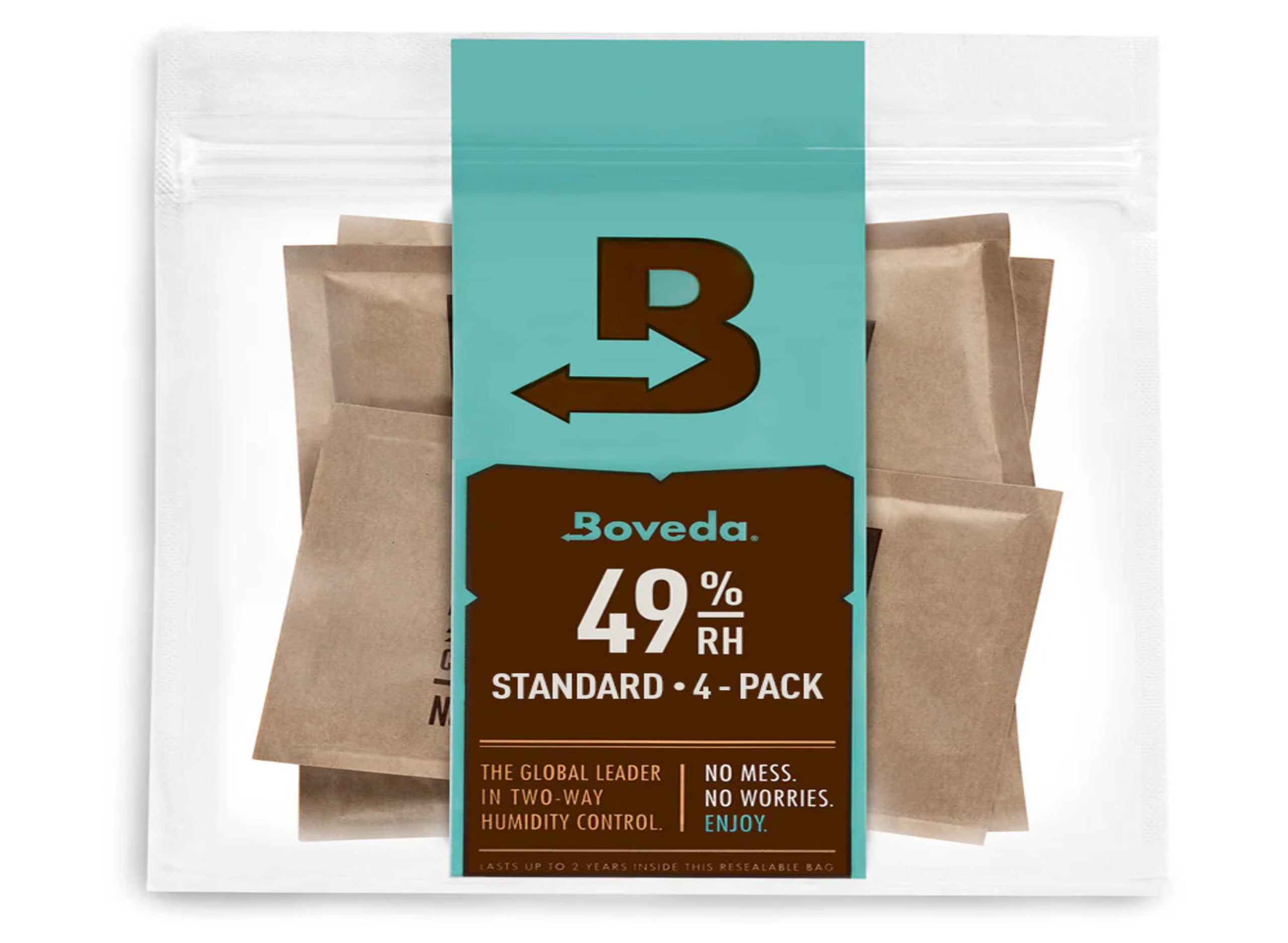Should You Switch to Digital Printing? Pros & Cons
The cannabis packaging industry continues to evolve rapidly, with digital printing technology emerging as a game-changer for brands seeking flexibility and customization. Before making the switch from traditional printing methods, it's essential to understand both the advantages and limitations of digital printing to determine if it aligns with your business needs and production goals.
Understanding Digital Printing Technology
Digital printing transfers images directly from digital files to various substrates without the need for printing plates. Unlike offset and flexographic printing, which require physical plates for each color and design, digital printing uses electronic files and toner or liquid ink to create images. This fundamental difference drives many of the pros and cons that follow.
According to our analysis of digital printing trends, the technology continues to advance in terms of color accuracy, substrate compatibility, and production speed, making it increasingly viable for cannabis packaging applications.
Key Advantages of Digital Printing
1. On-Demand Production
Digital printing eliminates the need for minimum order quantities, allowing brands to print exactly what they need when they need it. This reduces inventory costs and minimizes waste, particularly valuable for limited edition products or seasonal promotions.
2. Quick Turnaround Times
Without plate setup requirements, digital printing offers significantly faster production cycles. Jobs that might take weeks with traditional methods can be completed in days or even hours, enabling more responsive marketing strategies.
3. Variable Data Capabilities
Perhaps the most compelling advantage is the ability to customize each printed piece. This allows for:
- Batch-specific QR codes for tracking
- Sequential numbering for limited releases
- Personalization for different markets or demographics
- A/B testing of different packaging designs
Potential Drawbacks to Consider
1. Unit Cost at Scale
While digital printing excels for short runs, the unit cost typically remains constant regardless of volume. Traditional printing methods become more cost-effective as quantities increase, with setup costs distributed across larger runs.
2. Color Limitations
Despite improvements, digital printing may not perfectly match the color range of offset printing, particularly with specialty inks like metallics or true Pantone colors. This can be crucial for brands with strict color identity requirements.
3. Substrate Restrictions
Not all packaging materials work well with digital printing. Certain films, foils, and textured surfaces may require traditional methods for optimal results or durability.
Cost Analysis: Digital vs. Traditional
When evaluating costs, consider these factors beyond the simple per-unit price:
- Storage costs for excess inventory
- Cash flow implications of large minimum orders
- Cost of design changes and compliance updates
- Waste from obsolete packaging
For operations that require filling precision alongside printing flexibility, automated filling solutions can complement digital printing systems to create an efficient end-to-end packaging process that maximizes the benefits of both technologies.
Ideal Scenarios for Digital Printing
Digital printing is particularly well-suited for cannabis businesses that:
- Offer multiple strains or product variations
- Operate in markets with frequently changing compliance requirements
- Launch limited edition or seasonal products
- Need to quickly respond to market trends
- Are building their brand and testing different packaging designs
- Have unpredictable demand or limited storage capacity
As outlined in our digital printing pros and cons guide, businesses with these characteristics often find the flexibility of digital printing outweighs the potential cost premium at higher volumes.
Making the Transition: Practical Considerations
If you're considering switching to digital printing, take these practical steps:
- Audit your current packaging needs, volumes, and frequency of design changes
- Request samples from digital printers to assess quality on your specific substrates
- Calculate the total cost of ownership, including inventory and obsolescence
- Consider a hybrid approach, using digital for short runs and traditional for high-volume staples
- Evaluate digital printing partners based on their experience with cannabis packaging
The decision to switch to digital printing isn't simply about printing technology but about aligning your production capabilities with your broader business strategy. For many cannabis brands, the agility and customization offered by digital printing provide competitive advantages that outweigh the potential cost premium, especially as the technology continues to advance and become more affordable.











Leave a comment
All comments are moderated before being published.
This site is protected by hCaptcha and the hCaptcha Privacy Policy and Terms of Service apply.